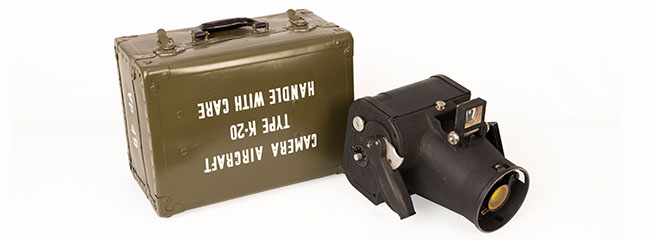
The Fairchild K-20 is now a prized collectible, revered by both photography enthusiasts and military collectors for its historical significance, mechanical craftsmanship, and crucial role in advancing aerial reconnaissance during and after World War II. Positioned at the intersection of technological innovation and military strategy, the K-20 is a fascinating artifact that offers insight into both the evolution of photography and wartime intelligence gathering.
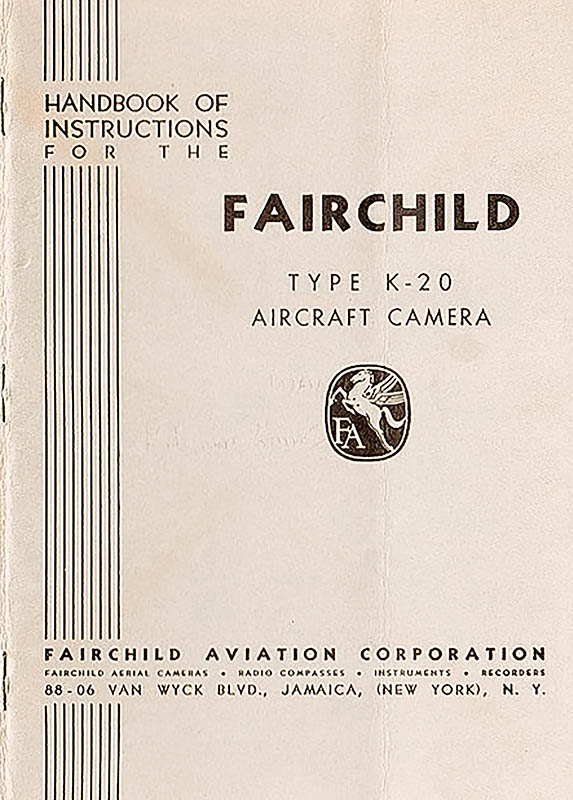 During World War II, the K-20 played a key role in intelligence operations, enabling Allied forces to conduct essential aerial reconnaissance that contributed to the success of numerous military campaigns. Unlike most aerial cameras, which were mounted in the aircraft floor for remote mapping, the K-20 was designed to be handheld by bomber crews, even while wearing bulky gloves. Its ability to capture high-resolution images at great altitudes made it indispensable for spotting enemy positions, tracking troop movements, documenting enemy aircraft, and surveying battlefields.
During World War II, the K-20 played a key role in intelligence operations, enabling Allied forces to conduct essential aerial reconnaissance that contributed to the success of numerous military campaigns. Unlike most aerial cameras, which were mounted in the aircraft floor for remote mapping, the K-20 was designed to be handheld by bomber crews, even while wearing bulky gloves. Its ability to capture high-resolution images at great altitudes made it indispensable for spotting enemy positions, tracking troop movements, documenting enemy aircraft, and surveying battlefields.
A K-20 was used by the tail gunner of the Enola Gay to capture the iconic image of the nuclear mushroom cloud over Hiroshima — a chilling reminder of the camera’s historical significance.
The K-20 camera in my collection is in excellent working condition, though the case showed significant signs of wear. The case was repainted green at least once in the late 1940s or early 1950s before being coated with bright yellow paint, likely in the mid-1950s. While Fairchild typically issued green cases to the Army Air Force and black ones to the Navy, the color conventions were not always strictly followed. By the end of WWII, regardless of case color, cameras were sent where they were most needed.
Before restoration, this case bore the markings of VP-49, a Naval Patrol Squadron active during and after WWII. These markings were still visible beneath the peeling yellow coating. 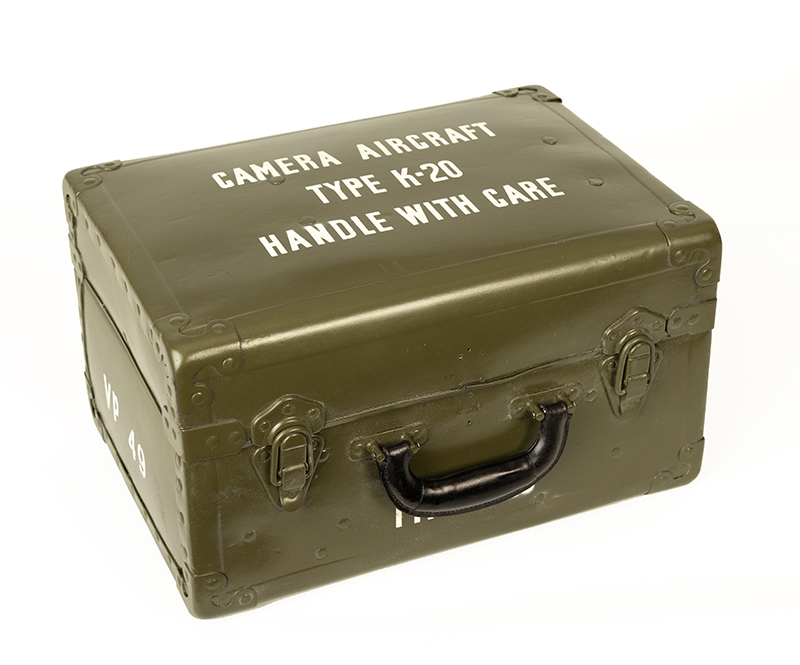 Given the heavy wear, I chose to restore the case to its 1950s-era green, preserving the original VP-49 markings visible beneath the yellow. VP-49, established as Naval Patrol Squadron Nineteen in 1944, operated off the coast of Japan during the Iwo Jima campaign and was later relocated to the Atlantic Coast, where it was redesignated VP-49 in 1951.
Given the heavy wear, I chose to restore the case to its 1950s-era green, preserving the original VP-49 markings visible beneath the yellow. VP-49, established as Naval Patrol Squadron Nineteen in 1944, operated off the coast of Japan during the Iwo Jima campaign and was later relocated to the Atlantic Coast, where it was redesignated VP-49 in 1951.
Although distributed by Fairchild, the K-20 was manufactured by Graflex under contract for Fairchild between 1941 and 1945. The camera’s rugged aluminum construction, precise optics, and straightforward shutter mechanism are a testament to the high standards required in wartime manufacturing. Collectors particularly appreciate the K-20 for its solid build and durability. Many of these cameras remain functional to this day.
Operation:
Designed for ease of use in unpressurized, unheated aircraft, the K-20 allowed crew members to operate it while wearing gloves. Its intuitive controls made it simple to adjust the aperture and shutter speed, even under challenging conditions. Crew members typically used the camera to capture images of the ground below or other aircraft encountered during missions.
Although removed on this K-20 case, the camera case was typically secured with a simple lock hasp under the leather handle. While one might assume this was to protect the camera from theft, its purpose was actually quite different. During missions, crews were often tasked with photographing sensitive areas of interest or for damage assessments. After landing, a representative from the Military Intelligence Division would meet the plane to lock the case, ensuring that no accidents, tampering, or sabotage could occur before the film was developed and analyzed.
Fairchild K-20
Manufacturer: Fairchild via contract with Graflex
Production: 1941 – 1945
Type: Rangefinder
Media: The camera used 5-inch roll film, which produced large negatives with exceptional detail. Depending on the film and settings, the K-20 could capture up to 50 exposures per roll, making it well-suited for extended reconnaissance missions.
Lens: The K-20 featured a 6-inch f/4.5 lens, providing sharp, detailed images, even from high altitudes. Its leaf-type shutter offered adjustable speeds between 1/125 and 1/500 of a second, ideal for capturing fast-moving aerial subjects.
Focus: Constant
Accessories: Only a couple filters (Red & Yellow)
Collectability:
On a scale from 1 to 100, the Fairchild K-20 scores a remarkable 90 in terms of collectibility. Unlike other aerial cameras of its time, the K-20’s handheld design and reasonable size make it a more practical and accessible artifact for modern collectors. For those interested in military and aviation history, the K-20 is not just a camera—it’s a significant piece of the story of aerial warfare and reconnaissance. Its use by U.S. forces during both World War II and the Korean War further enhances its historical value, particularly for those passionate about the evolution of aerial surveillance. Many collectors view the K-20 as a cornerstone of their collections, embodying both technological innovation and a pivotal moment in wartime history.
Photographer: John Baltz
 John is a seasoned professional with nearly 30 years in photography. A native to Northwest Arkansas, John’s first interest in photography began with collecting cameras as a child from antique markets around town. Later, John received a degree in Computer Science from the University of Arkansas. It is his strong knowledge in digital photography, along with a love for the the history of photography that provides for a unique sense of creativity driving many of his projects.
John is a seasoned professional with nearly 30 years in photography. A native to Northwest Arkansas, John’s first interest in photography began with collecting cameras as a child from antique markets around town. Later, John received a degree in Computer Science from the University of Arkansas. It is his strong knowledge in digital photography, along with a love for the the history of photography that provides for a unique sense of creativity driving many of his projects.
Bibliography
Camera-wiki.org
National Air and Space Museum
Forbes
Video about Arial War Photographer in Tyler Texas
Wikipedia®
Pictures of K-20 at American Science Museum
https://military-history.fandom.com/wiki/Fairchild_K-20
Missouri University of Science and Technology
K-20 (Navy) – George Eastman House Technology Archive
Graflex.org
Other Classic Cameras
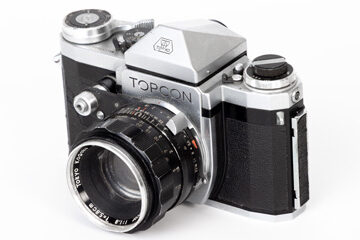
Topcon R
The Topcon R was an innovative SLR (single-lens reflex) camera that made its debut in 1958, before both Nikon and…
Read more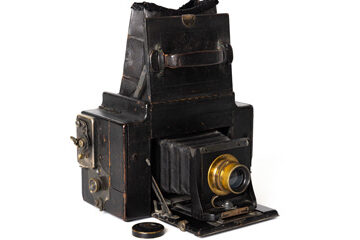
Graflex 3A Autographic
In 1898, the Folmer and Schwing Manufacturing Company introduced the Graflex single-lens reflex camera, the first true consumer SLR, characterized…
Read more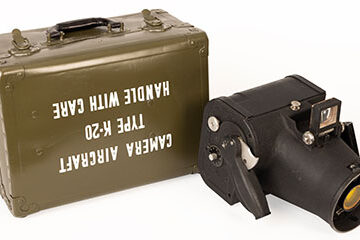
Fairchild K-20
The Fairchild K-20 is now a prized collectible, revered by both photography enthusiasts and military collectors for its historical significance,…
Read more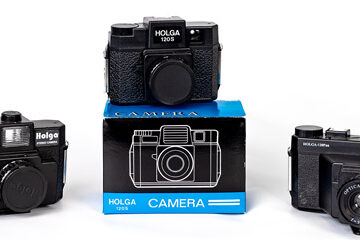
Holga
If you’re interested in exploring medium format film photography or learning to develop film, the Holga family, including pinhole, landscape,…
Read more
